Can you imagine how to lay a pipe or cable in the ground without digging up the soil? Hard to imagine, but actually possible if you have the right machines. FOECK is showing us such a machine at bauma 2016. Walter Föckersperger explains how it works and why it is both more economical and more environmentally friendly than alternative methods.
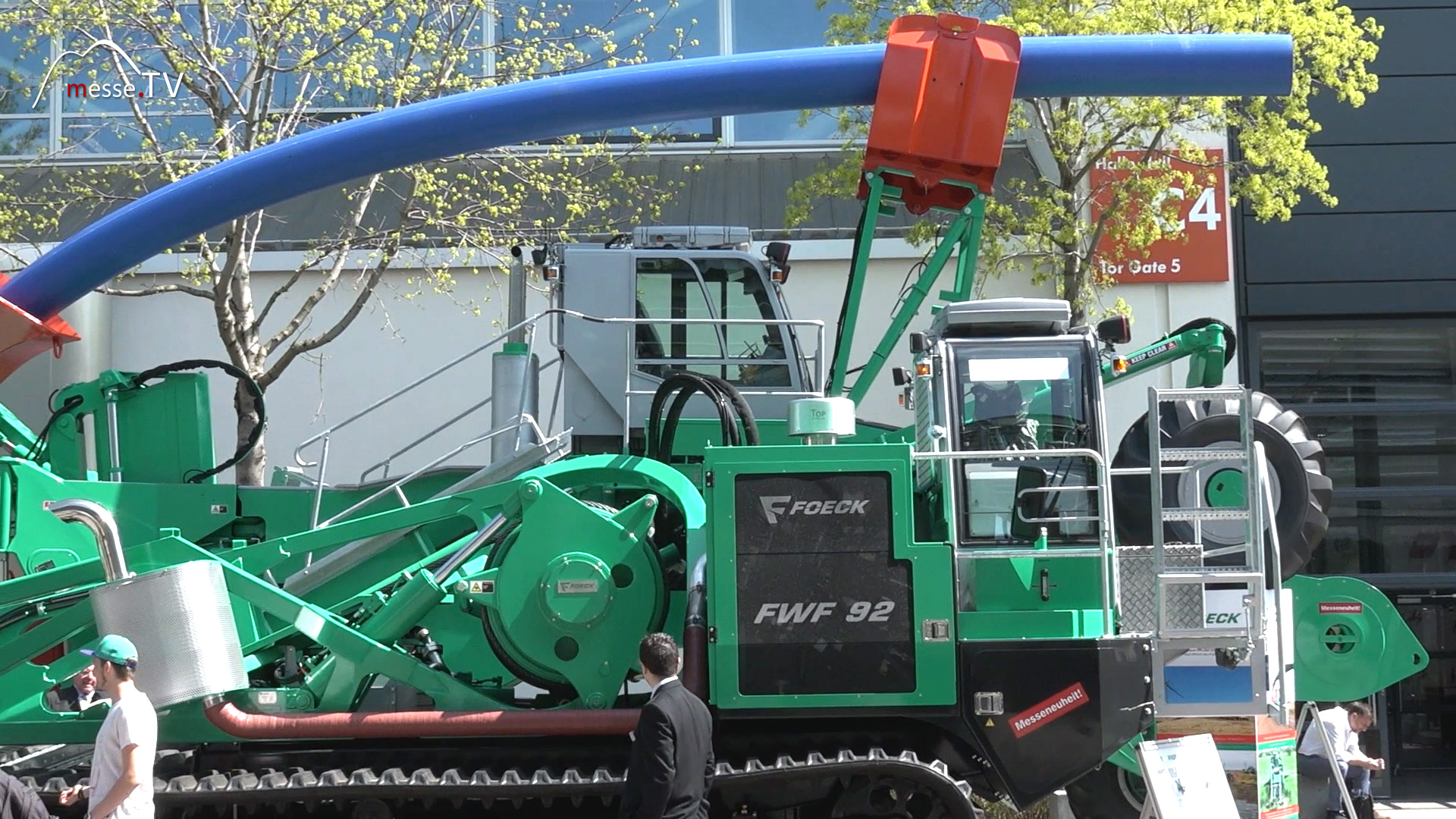
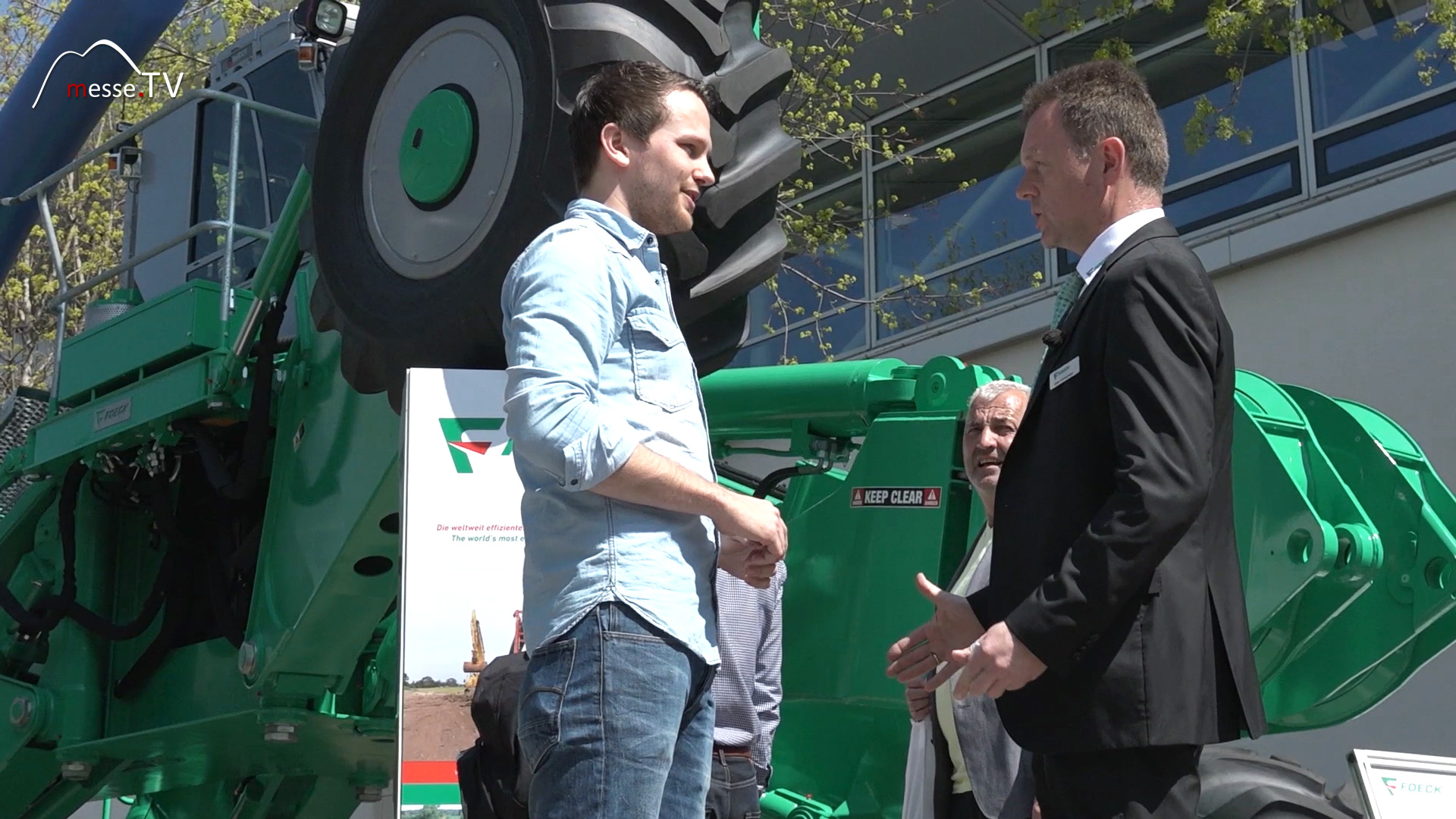
Walter Föckersperger: With this system, supply and disposal lines are laid in a very economical and environmentally friendly way. Felix Rother: Why do I need such large pipes and such large machines? Walter Föckersperger: Such pipes are used to supply villages or towns with water or to dispose of wastewater, and the pipes are ploughed in in one go, the ground is cut open.
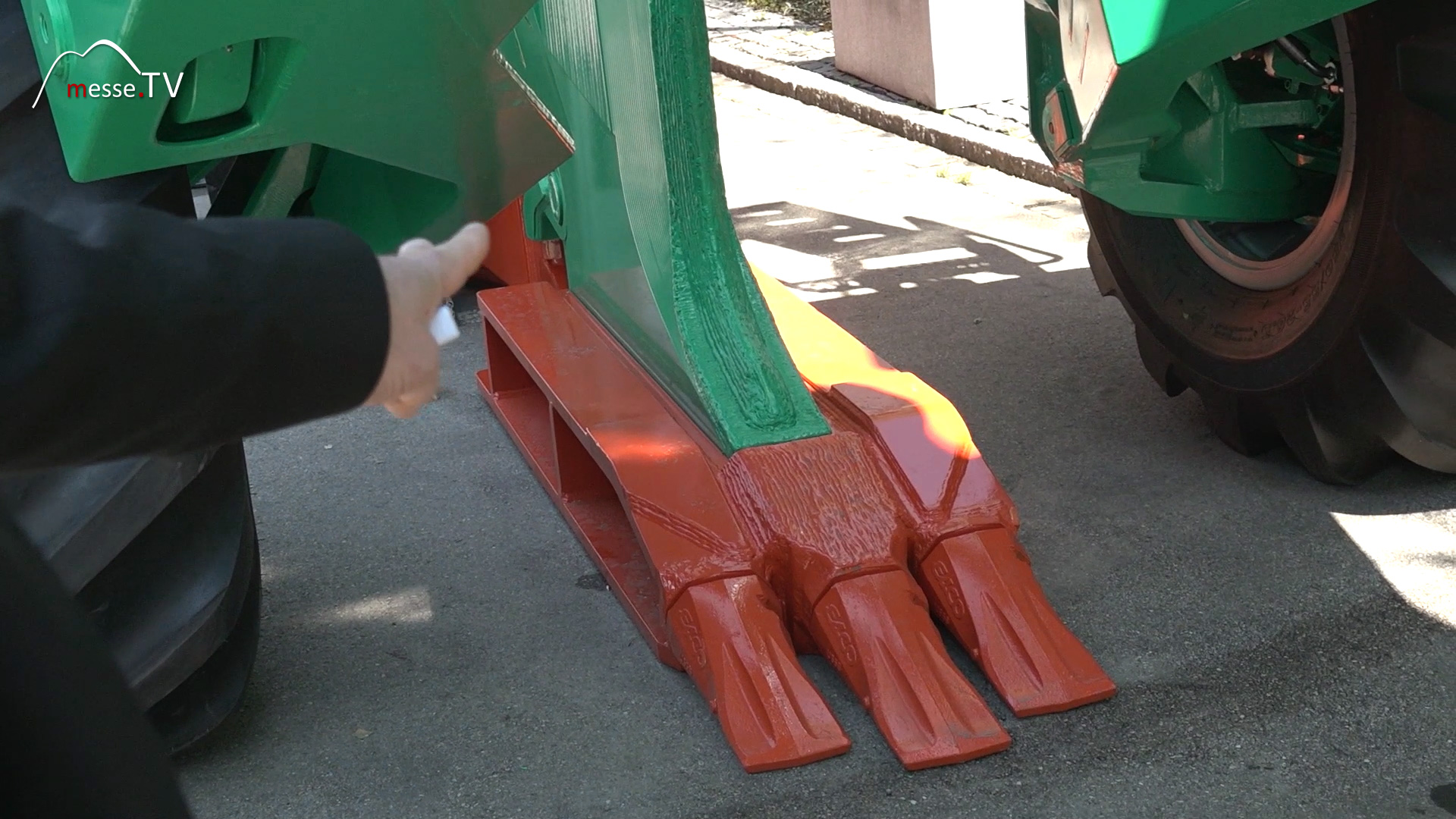
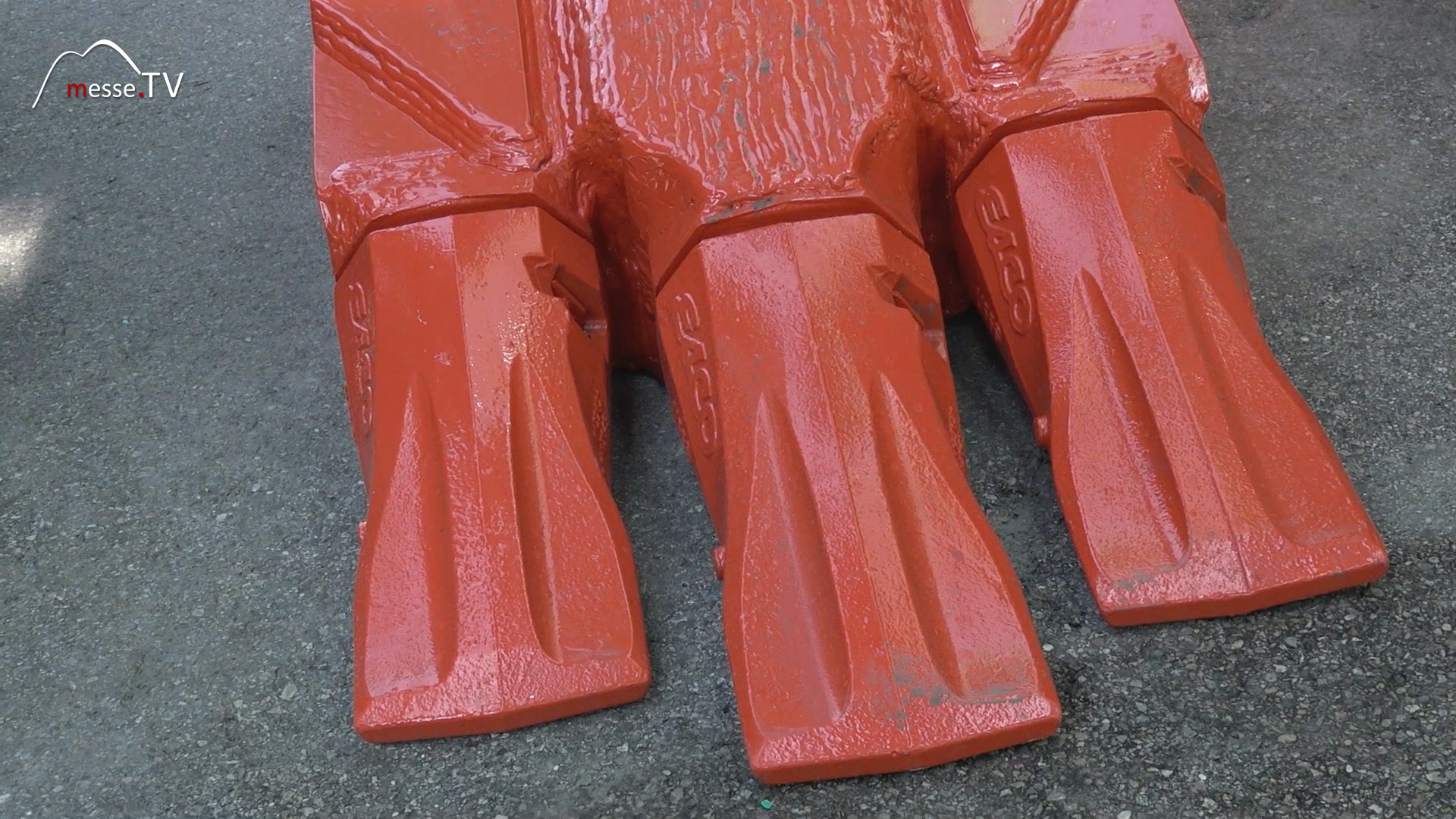
Felix Rother: That means I no longer have to dig holes and then put the pipes in - it happens automatically. Walter Föckersperger: That's exactly how it is. I eliminate the excavation of the trench, the ground is only cut open, the cutting works in such a way that I have to pull with a cable winch vehicle because the force cannot be applied with any vehicle to split the ground and that happens with this vehicle with the laying shoe that we see at the back of the ground. Felix Rother: We can have a look at that. Let's go behind it! So you said you're fast and you're cost-effective. But when I look down here, it doesn't look so environmentally friendly, does it? Walter Föckersperger: If you imagine that this laying or sword shoe is necessary to later form this channel for the pipe - that we saw above - and thus the soil is split open, cut open, a free space is created, i.e. a channel, yet it is very economical and environmentally friendly because with this system you only cut open the soil. There is no soil mixing. You have a very fast installation, very low fuel consumption. So no soil mixing and very quick sealing afterwards. I can work with an excavator, then you can close this soil afterwards, this throw-up - the soil is broken up - you can close it again and so the system is very economical.
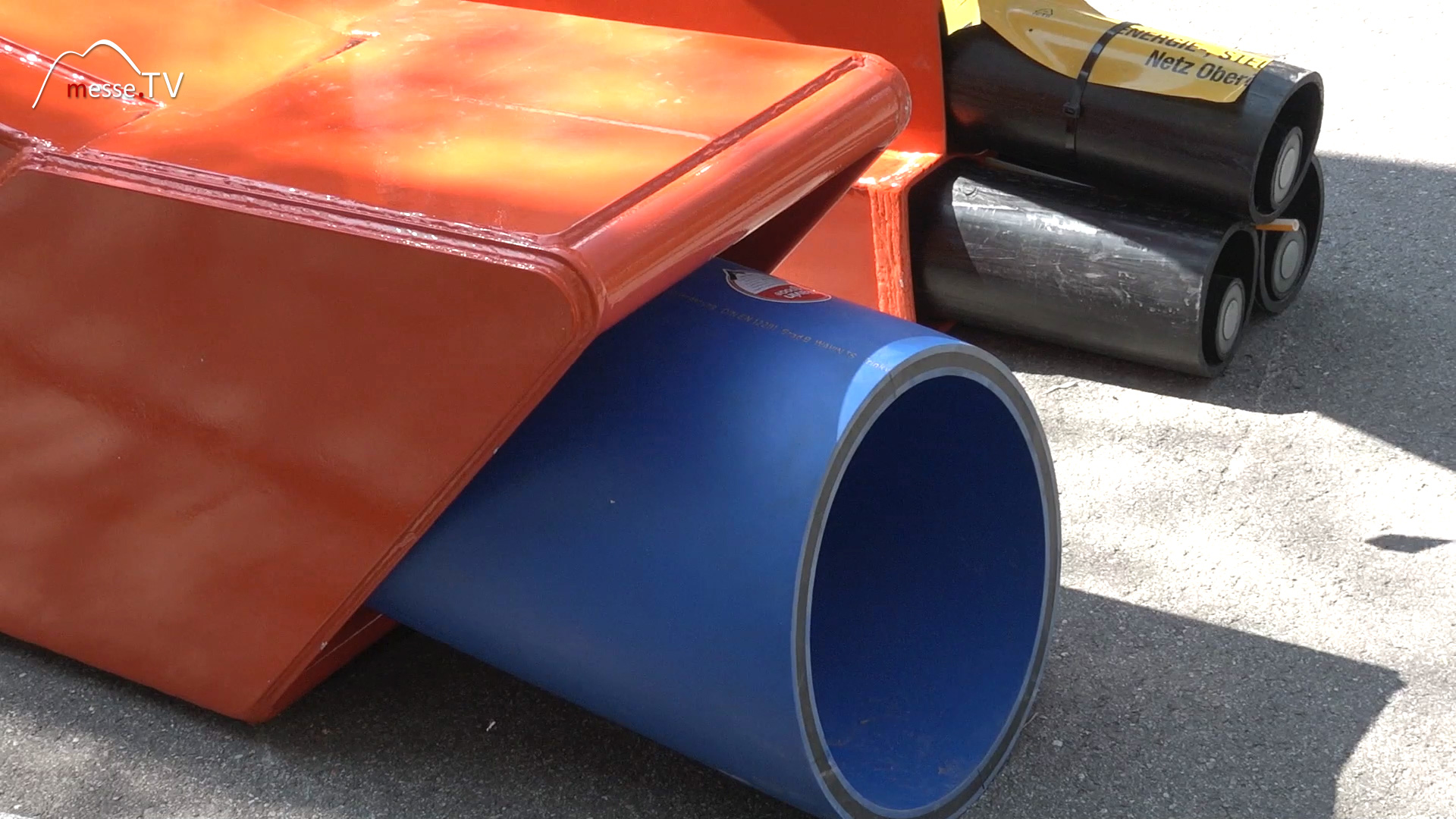
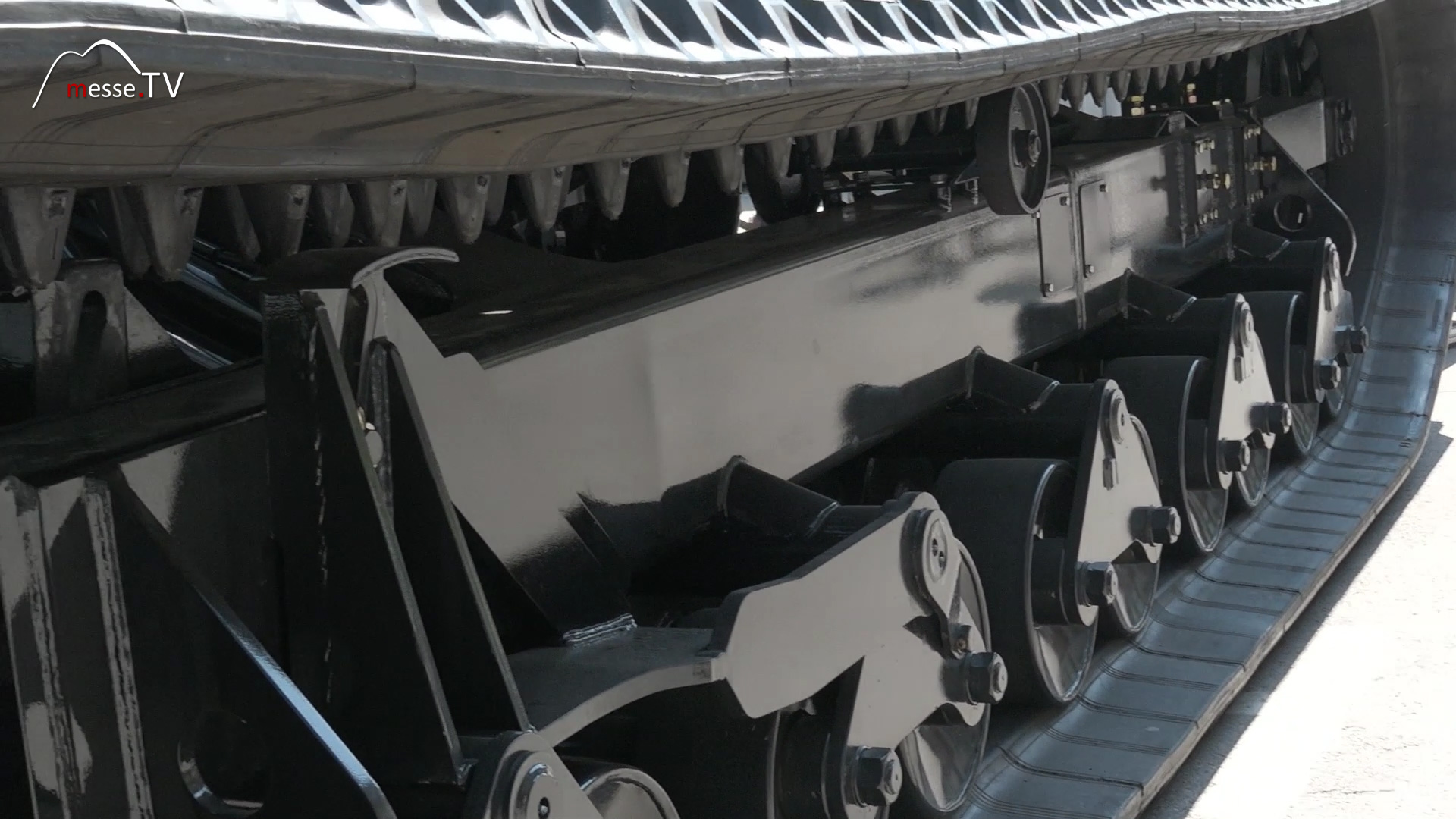
Felix Rother: That means you more or less fold up the earth with this shovel, put the cable in, simply press it back down and you're done. Walter Föckersperger: That's roughly how it should be understood and what you should also consider in terms of speed, you are 10-20 times faster than with the excavator and therefore you only have a tenth of the fuel consumption of normal excavator work... Felix Rother: Ten to twenty times faster, that really is worlds away. Walter Föckersperger: Yes, that's incredible and you can only imagine that once you've actually seen a system like this at work. Felix Rother: I would really like to see how this pipe gets into the hole. Can we go all the way to the end? Walter Föckersperger: Yes. Felix Rother: This is where the pipe comes out, but first we have a hole. How big is the hole? Is it 3 meters, 4 meters? Walter Föckersperger: The trench is slit open beforehand and the soil is smoothed and pressed apart by the insertion, just as wide as the insertion is now. Felix Rother: So 40 - 50 cm.
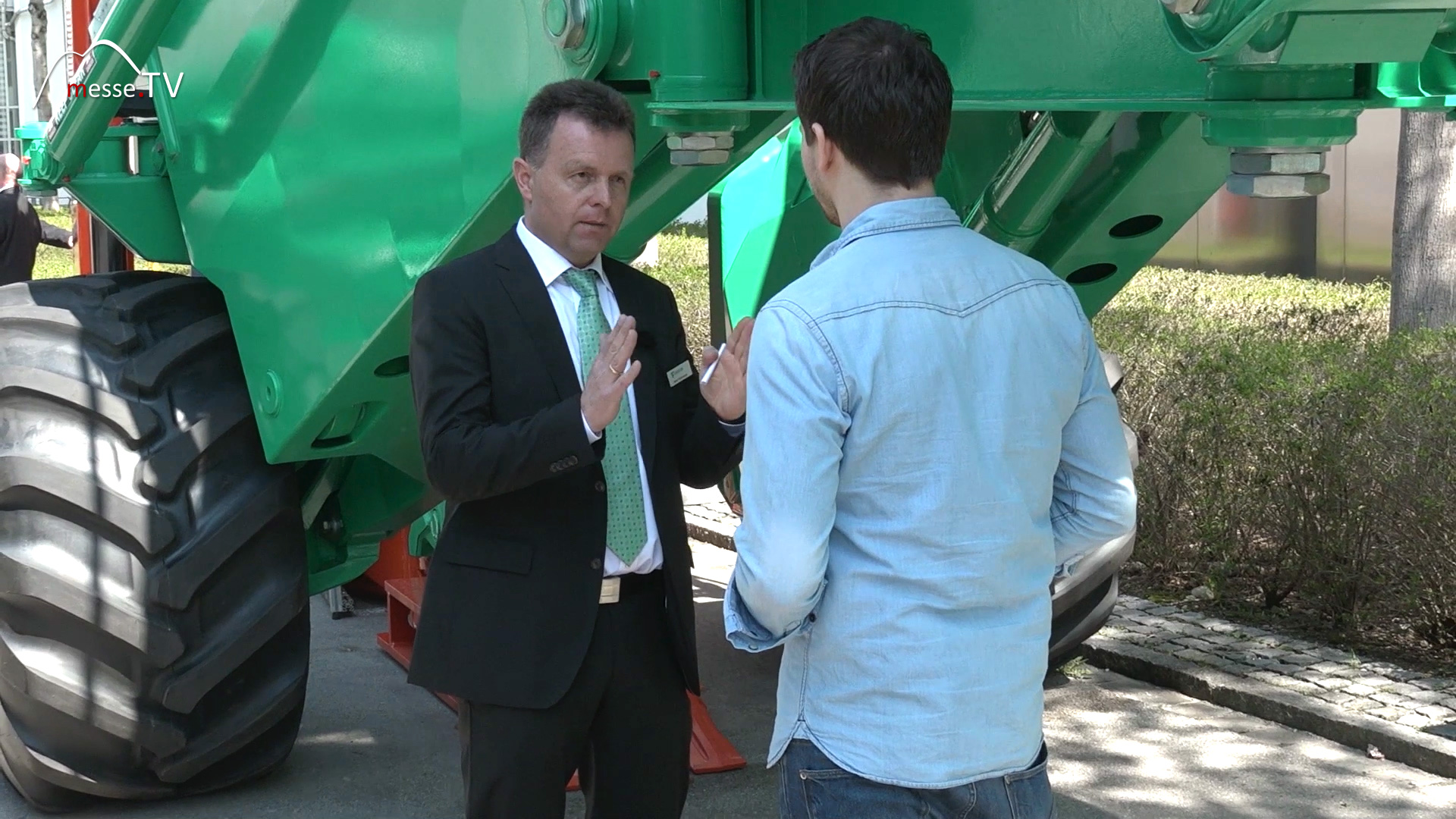
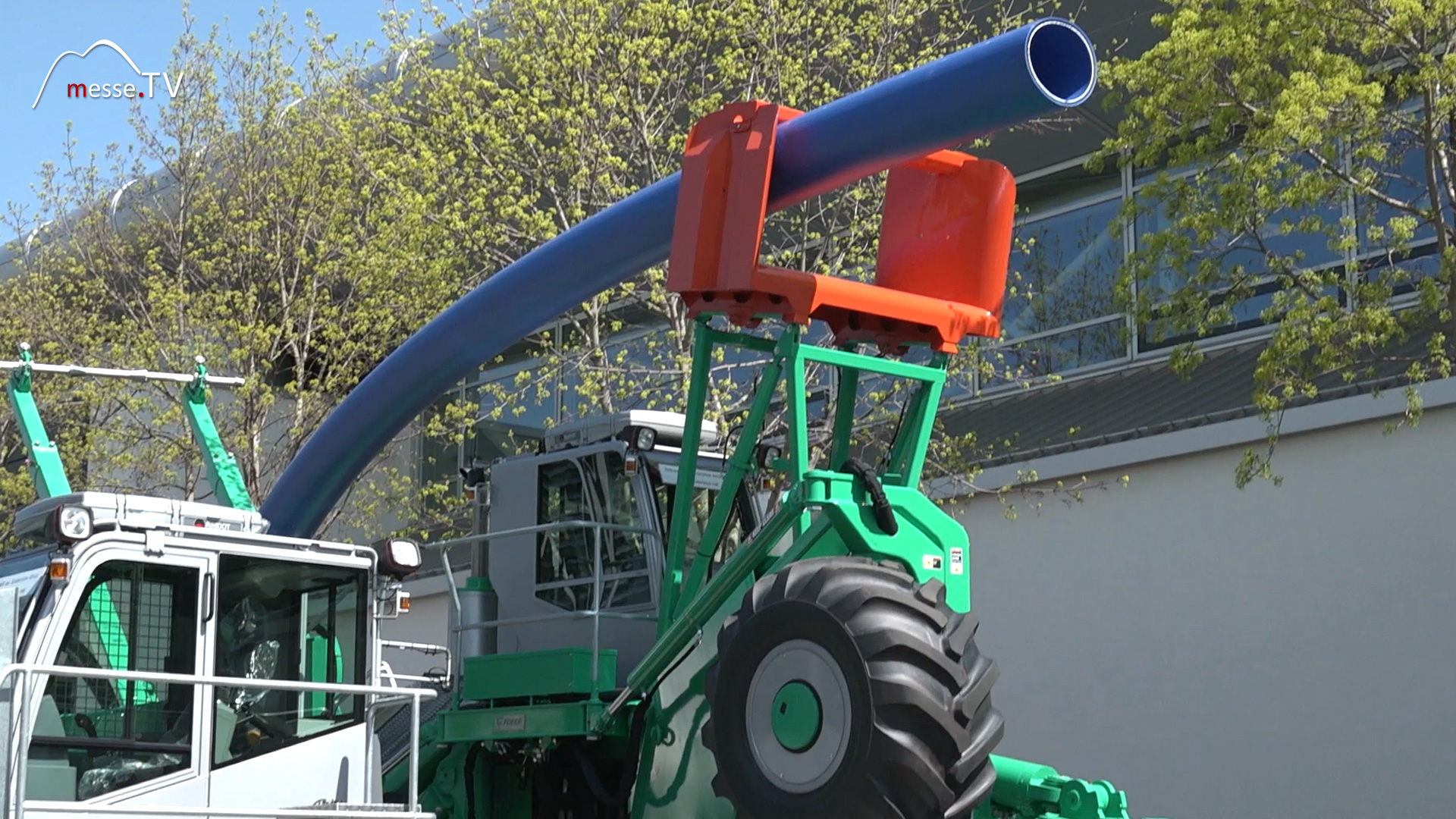
Walter Föckersperger: Exactly. The pipe now has an outer diameter of 45 cm and the trench is pushed open to about 50 cm. Felix Rother: If you compare that, if you were to excavate it, how far would you have to tear up the ground? Walter Föckersperger: If you were to excavate, then at this depth - if you now lay the pipe at a depth of 2 meters - you would have to bung this trench, because otherwise no one would go into the trench. Felix Rother: What width are we talking about? Walter Föckersperger: Yes, the trench width is 6-7 meters, and that requires quite a bit of digging. The largest pipe we have laid so far is 63 cm in diameter. Felix Rother: That's quite a lot. But of course the question arises, how much does it cost to lay pipes with this machine? Walter Föckersperger: Well, laying a pipe like this is far cheaper than the conventional method because the speed advantage outweighs the cost. Of course, you have a daily output of up to 4 kilometers that you can lay in one go.